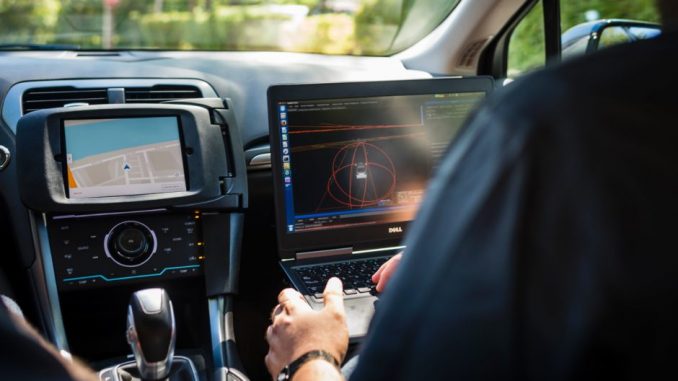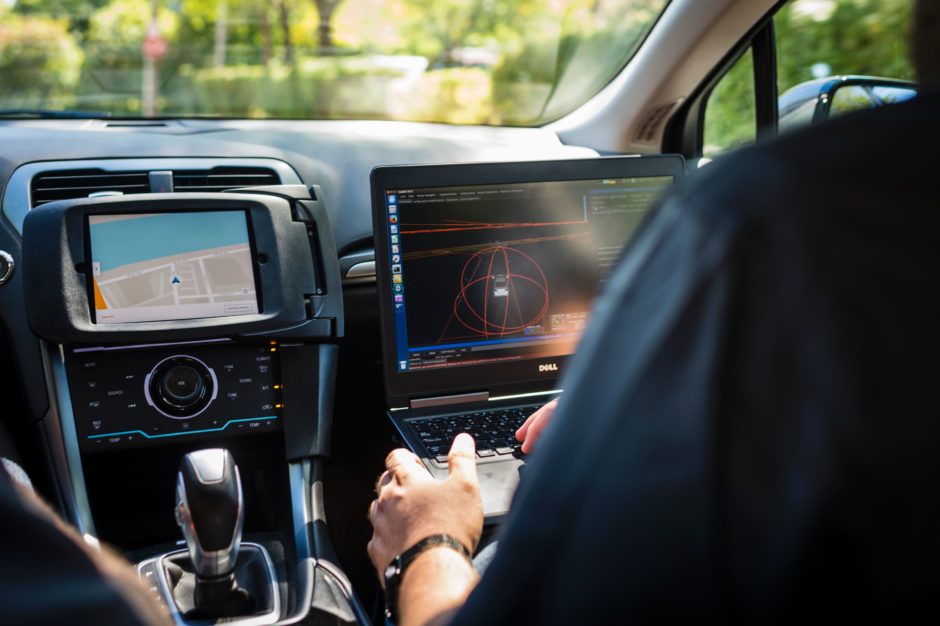
As any person with a long travel knows, motion sickness can be a most important restraint to browsing your laptop or simply reading during your car ride. Ride-hailing transport company Uber has an initiative to address this exasperating and irritating setback, according to a government grant application published this month itself. And it’s not about shielding the upholstery. It is functional with self-driving cars as well—potentially releasing up their passengers to focus on various tasks while a computer can simply do the driving.
According to Molly Nix, passenger experience plan lead at Uber’s highly developed Technologies Group, much of the plan thinking about cars in the past has always been about the control of the driver, relatively than the passenger travel experience. That’s a little that Uber wish to be a plan and design head in, as more and more traveling are taken in self-driving vehicles. “In general, when we consider about Uber as just a product, the delightful part is that it gives you time back again,” Nix added.

Nix couldn’t talk about the details of the motion-sickness exclusive rights, but here how it functions: The car would utilize data and information from its self-driving “eyes” to build a “sensory inspiration system” that will automatically syncs up your ears and eyes. That could also be done with handy and controllable seats that travel and vibrate along with the car, using a display or bursts of air, or “light bar” inside the car to build chart stimulation for instance: an amplified reality live flow of the surrounding surroundings.
It helps as like seasickness, vomiting in the car can take place when your eyes can sense the surroundings as still, while your internal ear senses the entwine and turns of the car journey automatically, making a sensory clash, a professor stated Scientific American. For souls with thin-skinned stomachs, which is usually felt in buses and passenger seats are considered as sapping reading-productivity-free zones. “With the beginning of (AV) autonomous vehicle technology, rider focus may be on different activities, such as; work, reading, task-based activities, socializing, writing (e.g., bill payments, organization, online shopping, game play),” as stated by the patent.
